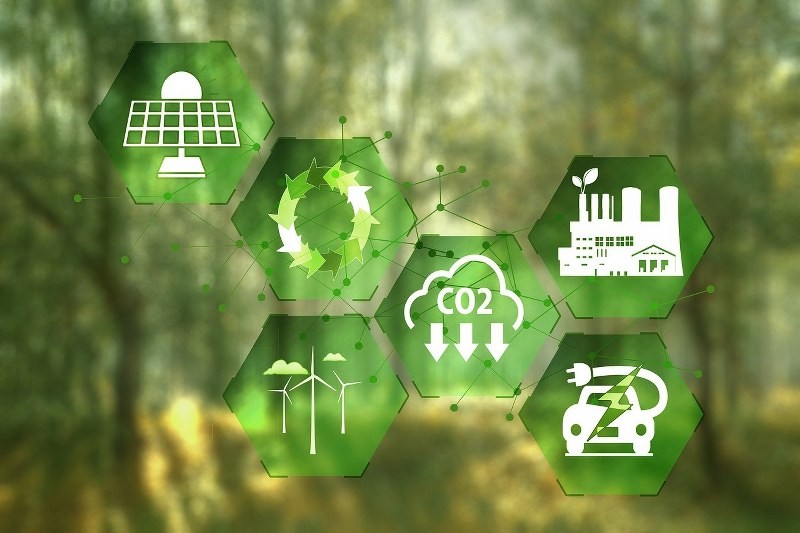
India's total installed renewable energy capacity reaches 213.70 GW; solar grows by 30.2%
New Delhi: India’s renewable energy sector has made significant progress from November 2023 to November 2024, said the Ministry of New and Renewable Energy (MNRE) on Wednesday.
In a statement, the ministry stated that the progress aligns with the ‘Panchamrit’ goals set by Prime Minister Narendra Modi at the COP26 summit in Glasgow in November 2021, which aim to significantly reduce emissions and increase renewable energy capacity by 2030.
Under the "Panchamrit" framework, India pledged to increase its non-fossil energy capacity to 500 GW by 2030, meet 50% of its energy needs through renewable sources by the same year, and achieve net-zero emissions by 2070.
As of November 2024, the total non-fossil fuel installed capacity has reached 213.70 GW, marking an impressive 14.2% increase from last year’s 187.05 GW, said the ministry.
Meanwhile, the total non-fossil fuel capacity, which includes both installed and pipeline projects, surged to 472.90 GW, a substantial 28.5% increase from the previous year’s 368.15 GW.
During FY 24-25 a total of 14.94 GW of new RE capacity was added till November 2024, nearly doubling the 7.54 GW added during the same period in FY 23-24.
In November 2024 alone, 2.3 GW of new capacity was added— marking a dramatic fourfold increase from the 566.06 MW added in November 2023.
India’s renewable energy sector has seen widespread growth across all major categories.
Solar power continues to lead, with installed capacity rising from 72.31 GW in 2023 to 94.17 GW in 2024, a robust growth of 30.2%.
Including pipeline projects, total solar capacity surged by 52.7%, reaching 261.15 GW in 2024, compared to 171.10 GW in 2023.
Wind power also made notable contributions, with installed capacity rising from 44.56 GW in 2023 to 47.96 GW in 2024, reflecting a growth of 7.6%.
Total wind capacity, including pipeline projects, increased by 17.4%, from 63.41 GW in 2023 to 74.44 GW in 2024.
Bioenergy and hydroelectric projects also made steady contributions to the renewable energy mix.
Bioenergy capacity rose from 10.84 GW in 2023 to 11.34 GW in 2024, reflecting a growth of 4.6%.
Small hydro projects saw a slight increase, from 4.99 GW in 2023 to 5.08 GW in 2024, with total capacity, including pipeline projects, reaching 5.54 GW.
The government’s various initiatives, such as the National Green Hydrogen Mission and the PM-KUSUM scheme, aim to accelerate this transformation.
Large hydroelectric projects grew incrementally, with installed capacity rising from 46.88 GW in 2023 to 46.97 GW in 2024, and total capacity, including pipeline projects, increasing to 67.02 GW from 64.85 GW in the previous year.
In nuclear energy, installed nuclear capacity grew from 7.48 GW in 2023 to 8.18 GW in 2024, while the total capacity, including pipeline projects, remained steady at 22.48GW.
“These impressive figures underscore India’s continued efforts to scale up renewable energy capacity and reduce dependence on fossil fuels,” stated the ministry.
These efforts, combined with the push for green hydrogen and the development of infrastructure like solar parks, are designed to help India reach its goal of 500 GW from non-fossil sources by 2030.
Support Our Journalism
We cannot do without you.. your contribution supports unbiased journalism
IBNS is not driven by any ism- not wokeism, not racism, not skewed secularism, not hyper right-wing or left liberal ideals, nor by any hardline religious beliefs or hyper nationalism. We want to serve you good old objective news, as they are. We do not judge or preach. We let people decide for themselves. We only try to present factual and well-sourced news.







